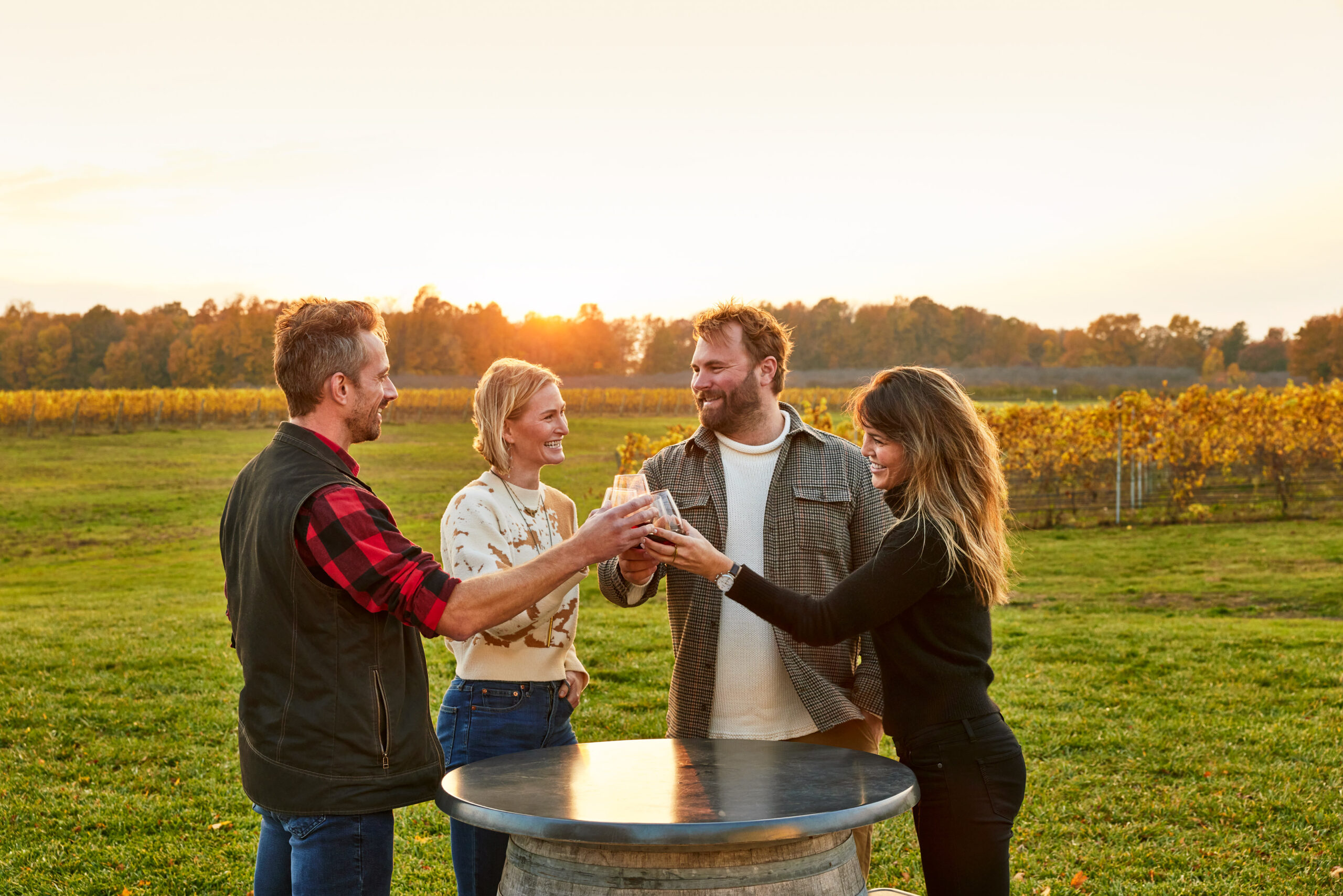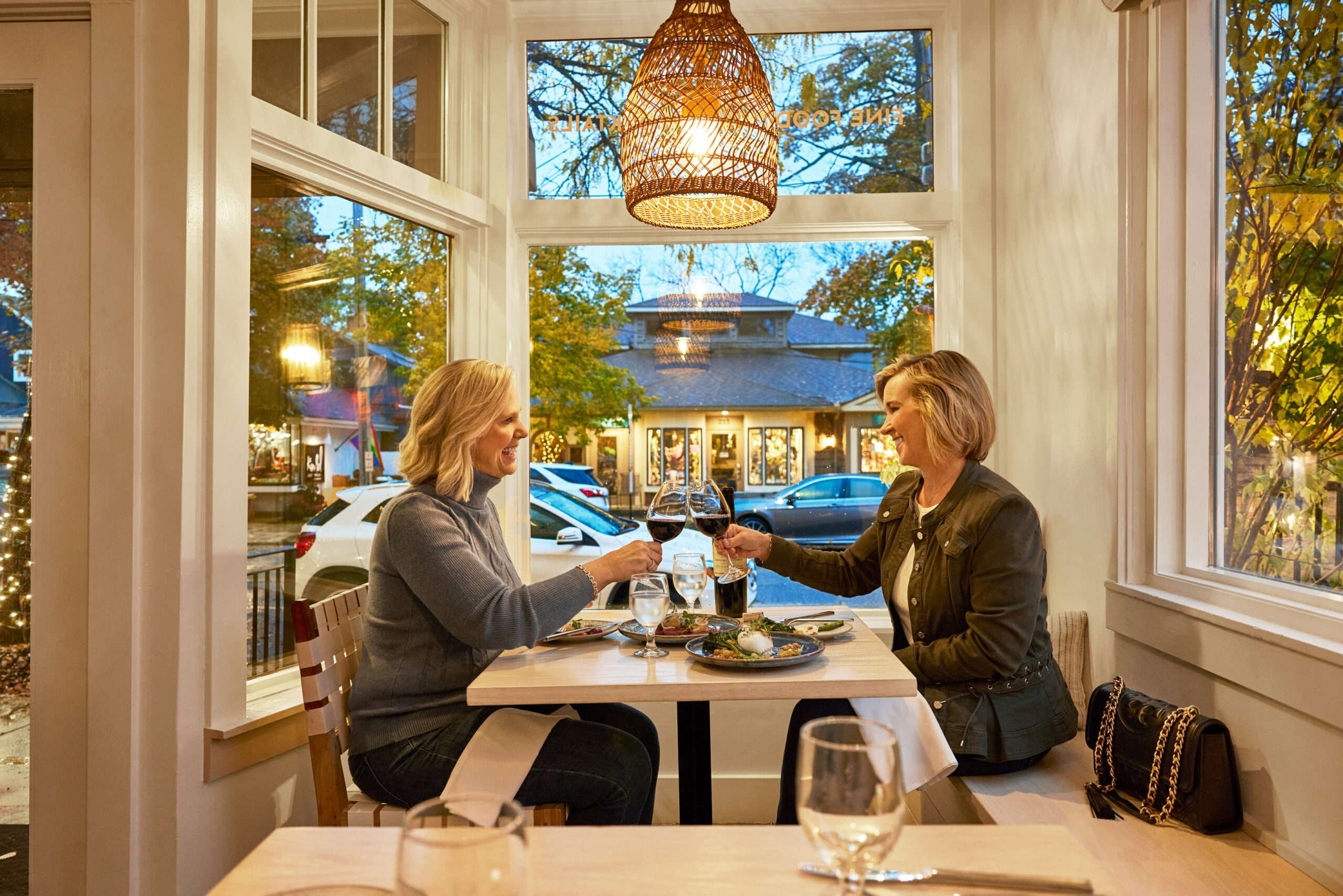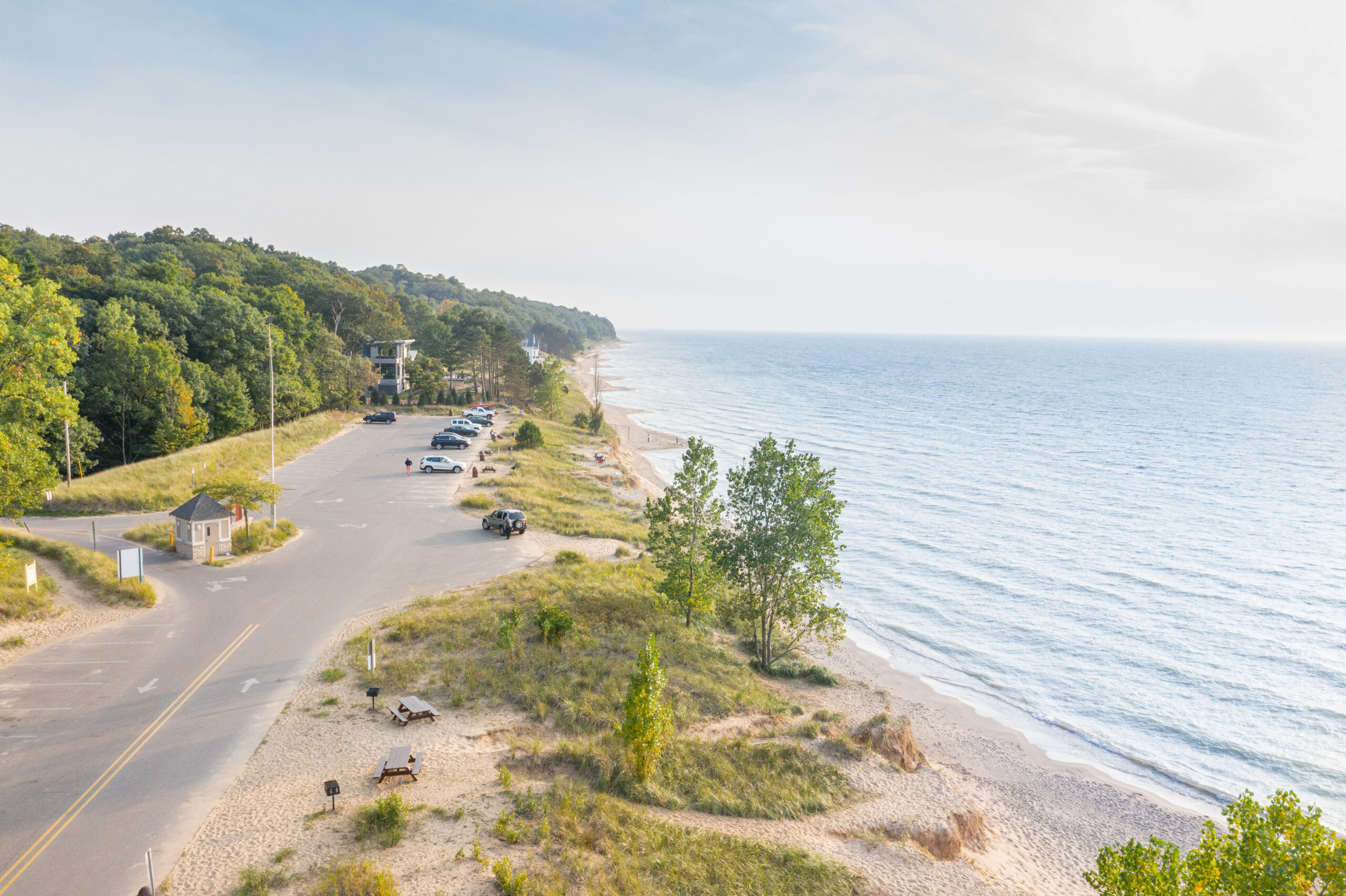Grape Expectations: An Exploration of the Art Coast’s Signature Grapes
Napa has bold, dark-fruit Cabernet Sauvignon. Mendoza is all about juicy and rich Malbec. Chianti is known for its rustic Sangiovese. When it comes to grapes, the Art Coast® of Michigan’s Fennville AVA has, well, a lot. But is the area known for any one (or two) grape varieties? We’re starting to think so.

The idea that Michigan only produces sweeter wine or fruit wine is antiquated. The Fennville-area wineries continue to showcase the uniqueness of the area and what producers are capable of. While wineries have produced everything from Cabernet Sauvignon and Merlot to Chardonnay and Pinot Grigio, two grapes seem to be emerging as possibly the signature grapes of the region: Cabernet Franc and Riesling.
Why? These cold-climate grapes thrive here. They are both late-ripening grapes, and the slightly longer growing season in this part of Michigan allows the grapes to hang on the vines deeper into fall to develop more concentrated flavors. Plus, the terroir — sandy loam soils, cool Lake Michigan breezes — produce fruit, allowing for fresh acid-driven wines. This also puts Michigan in the same producing class as other East Coast regions like New York’s Finger Lakes and Virginia.
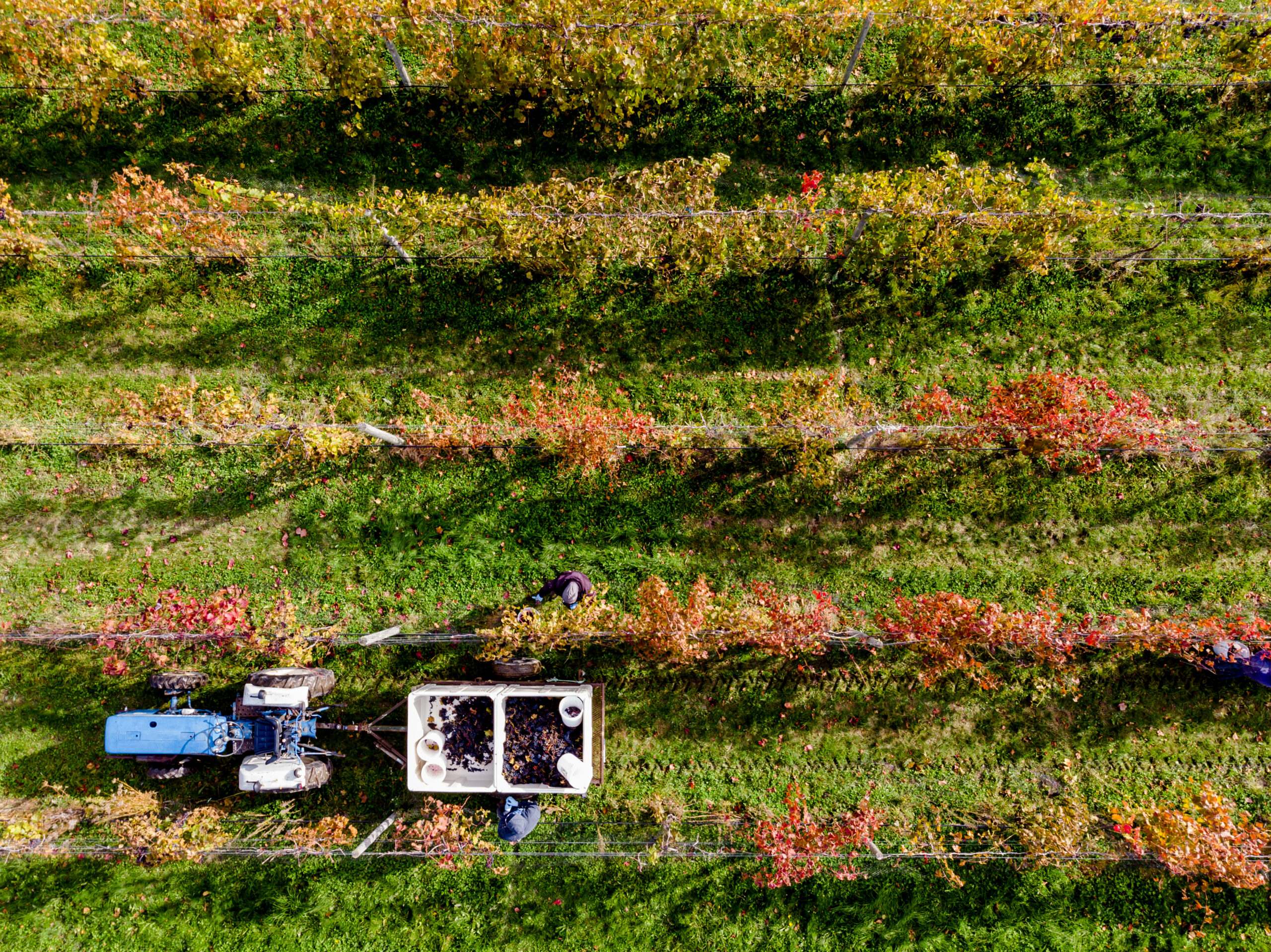
“I like to group us into the whole Midwest/East Coast side of the country where I say Cabernet Franc is king,” says Jamele Favorite of Modales Wines. “We’re growing Cabernet Franc very well here in Michigan. And I think that’s starting to become a grape as far as red varieties go that can be that lead grape for this side of the country. Temperatures are similar to what’s going on in the Loire Valley, so the ripening of the grape just works well for us in this general region.”
It does so well that James Lester, owner and winemaker at Wyncroft and Marland wineries, says he is bullish on Cab Franc and that it can be a star.
“I always say Cabernet Franc should be the Chianti Classico of Southwest Michigan,” Lester said, referencing the prized Tuscany, Italy, wine region. “It goes with anything an Italian red goes with. It’s more versatile at the table. It’s a great pizza wine. We can make every style of it. Cabernet Franc should be the workhorse red for our region.”
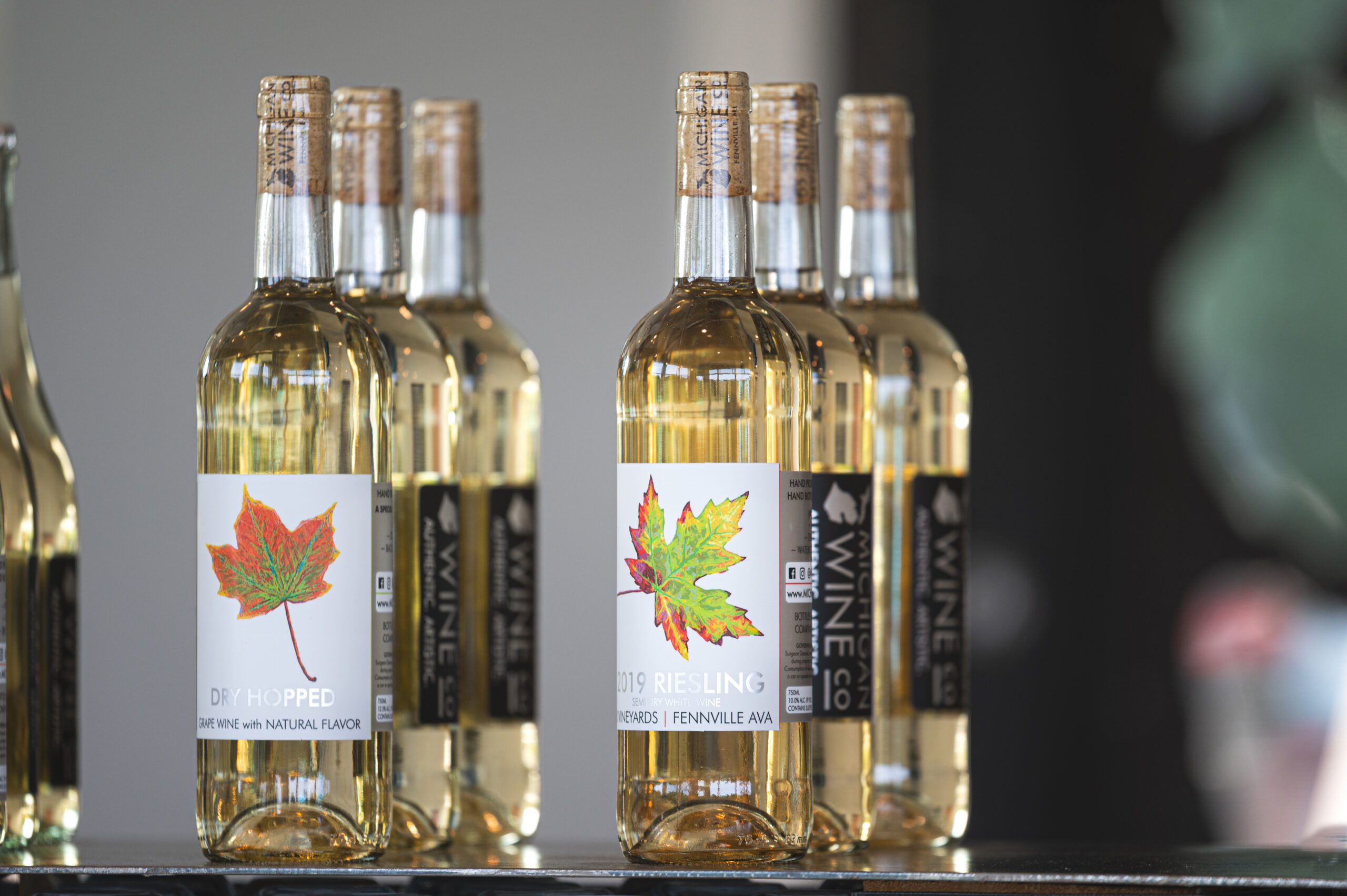
This area also produces beautiful Riesling, both dry and slightly sweeter versions. Up and down the coast, you’ll find bright, fresh, fragrant white wines that offer green and yellow apple, citrus, white flowers, and more. These wines pair well with a range of food from Indian to Thai to seafood. They have such versatility that Andrew Backlin, winemaker at Modales, seems to keep bottling different Rieslings.
“You go to Modales, and I think they have six different Rieslings on their list, and three of them are sweet, and three of them are dry,” said Rob Hagger, general manager of his family-owned Crane’s Pie Pantry, Restaurant and Winery, which has won numerous awards for its dry and late harvest Rieslings. “There’s such a versatility there that I think they’re really trying to attempt to change perceptions about Rieslings.”
Down the road at the somewhat newer Michigan Wine Co., owner and winemaker Joe Krajkiewcz has always shunned the idea that Michigan can only produce sweet or fruit wine. In fact, he makes Riesling to prove this area can do not only dry wines but also great dry wines.
“I make what I [like to] drink, and I’ve been happily rewarded with the amount of people that come through and say, ‘Well, actually I do like dry wine,’ or, ‘I’m surprised I’m in Michigan and I can’t believe I’m drinking a Riesling.’”

While Cab Franc and Riesling are starting to rise, there may be a sleeper wine to watch out for: Blaufrankisch. This central European grape, popular from Austria to Hungary to Slovenia, continues to prove it’s a winner in Western Michigan. Numerous wineries, including Modales and Michigan Wine Co., have started experimenting with plantings. And to great accolades.
Conner O’Byrne, owner of Chicago restaurant and market Nettare, created a wine list comprising almost 100% Michigan wine. He’s really pushing to introduce wine drinkers to more local wines — and is doing a good job with that.
“A lot of [central] European grapes are my favorite expressions of wine coming out of Michigan,” he said. “We’re starting to do wine-by-the-glass specials so people can dip their toes in the water. The Blaufrankisch from Modales was the first one we did, and we blew through it. People bought bottles to take home.”
Ready to pick up some bottles yourself? Head to Michigan’s Art Coast to visit a tasting room and talk to the winemakers behind these emerging star wines. So when people start talking about Fennville in the same breath as Mendoza or Napa, you can say you’ve known about it all along.
